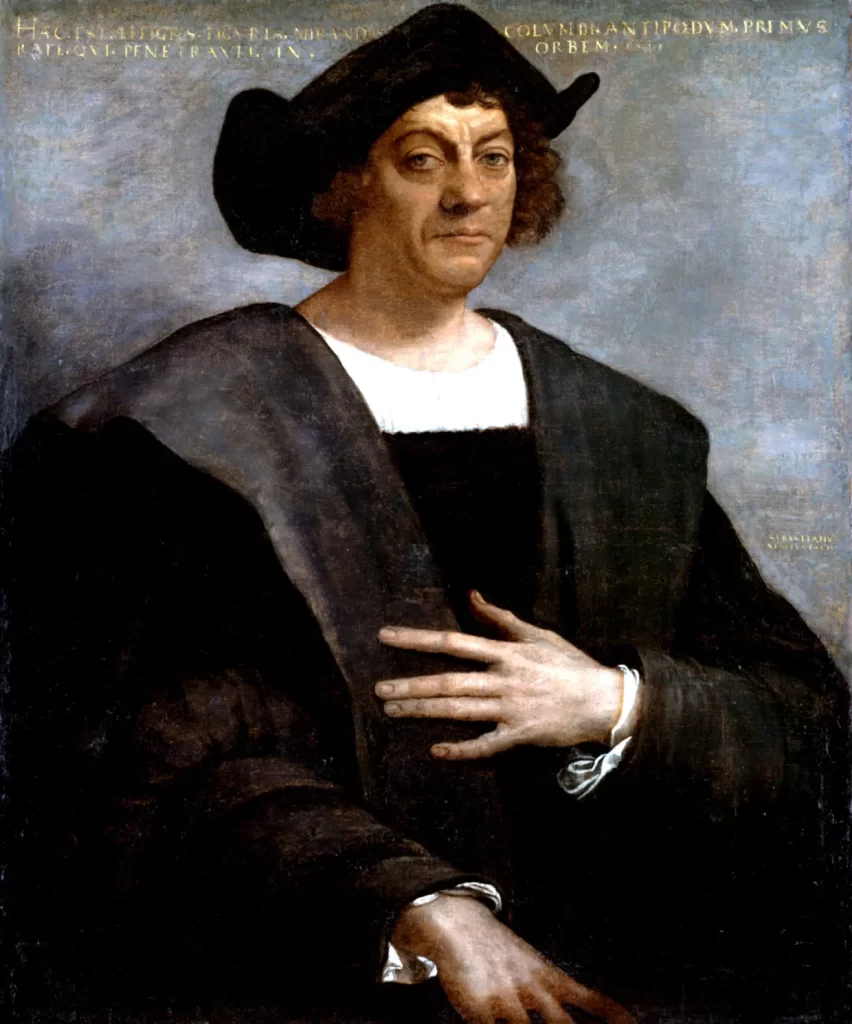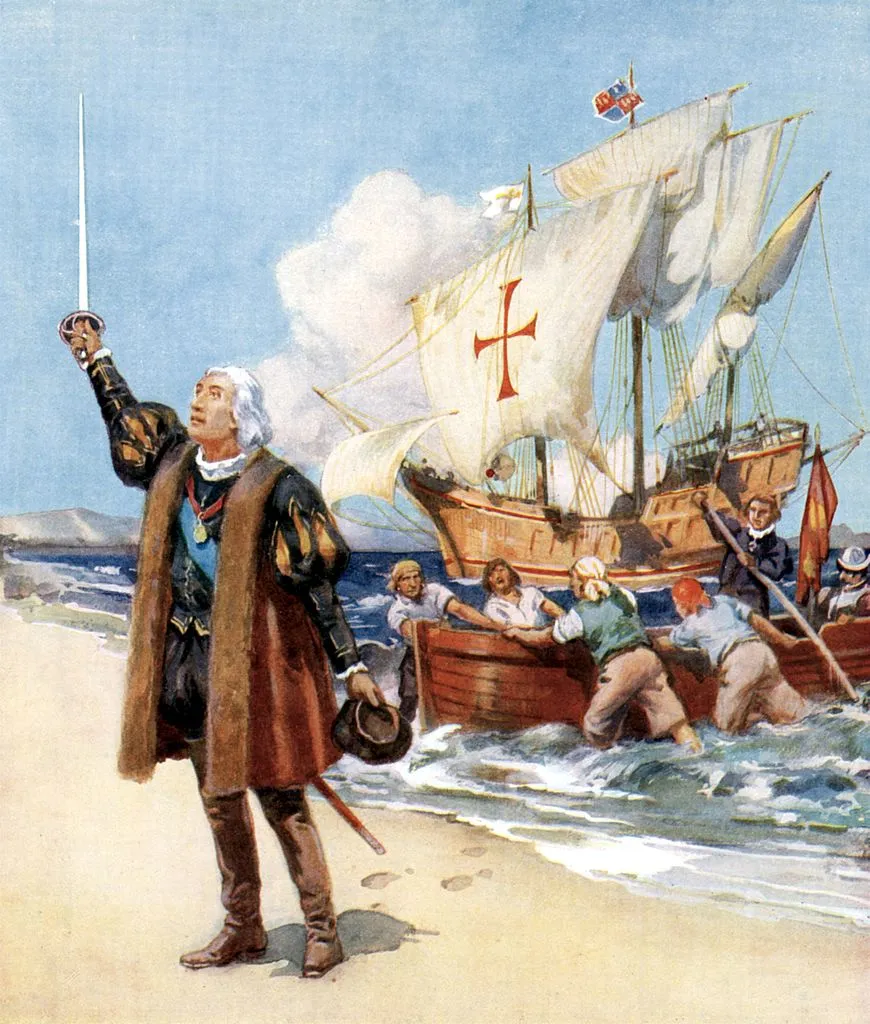A 500-year-old mystery surrounding the final resting place of Christopher Columbus has been definitively solved, according to scientists who have conducted extensive DNA analysis on human bones found in Seville Cathedral.

Forensic scientist Miguel Lorente, who led the groundbreaking research, announced that new technologies have “absolutely” confirmed that the remains in Seville belong to the famous explorer. This discovery puts to rest long-standing speculation about Columbus’ burial site, with some claiming he was interred in the Dominican Republic.
The investigation, spanning two decades, involved comparing DNA from the bone fragments with that of Columbus’ relatives and descendants. In 2003, Lorente and historian Marcial Castro opened the tomb in Seville Cathedral, uncovering previously unknown bone fragments that sparked the lengthy research project.
Advancements in DNA technology, which now allow for accurate analysis of small amounts of genetic material, were crucial to the breakthrough. Researchers also studied the remains of Columbus’ son Hernando and brother Diego, both buried in the same cathedral, to aid in the identification process.

The study not only confirms Columbus’ final resting place but also aims to settle debates about his nationality. While many believe he was born in Genoa, Italy, others have suggested origins in Poland, Spain, Scotland, Catalonia, or even Jewish heritage.
A documentary titled “Columbus DNA: The true origin,” set to air on Spain’s TVE, promises to reveal the full conclusions of the research, including insights into Columbus’ disputed birthplace.
This scientific breakthrough provides closure to centuries of speculation about one of history’s most influential explorers, while also showcasing the power of modern DNA analysis in solving historical mysteries.



